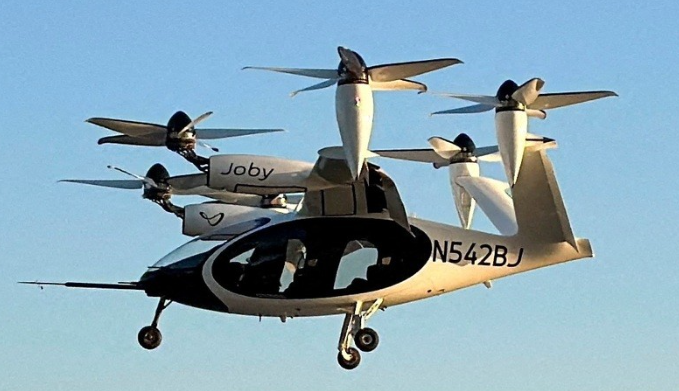
From next year at the earliest, you can see taxis flying in the sky in the United States. The so-called “air taxi” has laid a foothold for the so-called “air taxi” to float. The regulations clearly define the training process and pilot certification procedures for commercialization of air taxis.
The FAA described the rule as “the last piece of the puzzle to safely introduce this aircraft.” Existing regulations required two flight controls for trainees and instructors, but the new regulations increased efficiency by allowing training with a single flight control, and flexible regulations were made to set safety standards in consideration of conditions other than existing aircraft, such as fuel reserves, in line with the characteristics of electric vertical take-off and landing aircraft (eVTOL) and new technology.
“The opportunities range from short-haul operations such as passenger transport and air ambulance services and cargo operations in urban areas to the possibility of serving small communities over time,” the FAA said.
In fact, some airlines are planning to start commercial passenger transportation next year, while airlines and related companies are seeking to develop transportation services that can use battery-powered aircraft to transport travelers to airports or take off and land vertically for short city trips.
EJ SONG
US ASIA JOURNAL



